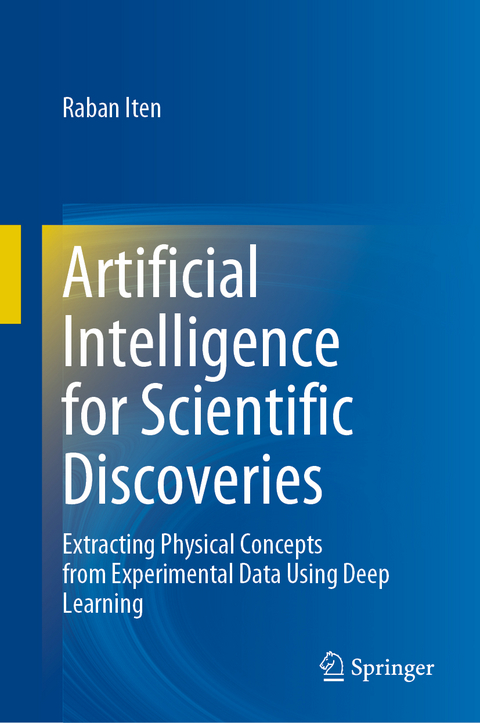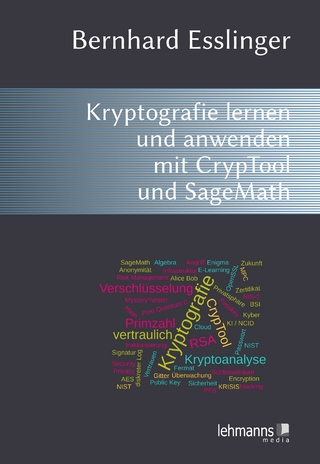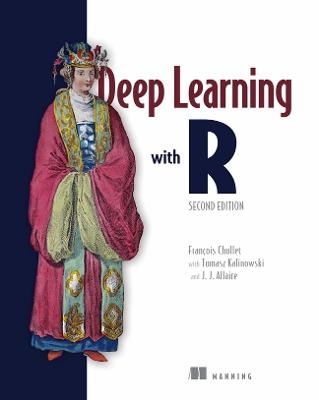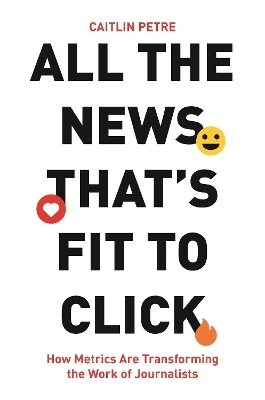
Artificial Intelligence for Scientific Discoveries
Extracting Physical Concepts from Experimental Data Using Deep Learning
Seiten
2023
Springer International Publishing (Verlag)
978-3-031-27018-5 (ISBN)
Springer International Publishing (Verlag)
978-3-031-27018-5 (ISBN)
This book explains the modern approach to discovering physical concepts with machine learning and elucidates its strengths and limitations. SciNet finds the relevant physical parameters, such as the mass of a particle, from experimental data and makes predictions based on the parameters found.
Will research soon be done by artificial intelligence, thereby making human researchers superfluous? This book explains modern approaches to discovering physical concepts with machine learning and elucidates their strengths and limitations. The automation of the creation of experimental setups and physical models, as well as model testing are discussed. The focus of the book is the automation of an important step of the model creation, namely finding a minimal number of natural parameters that contain sufficient information to make predictions about the considered system. The basic idea of this approach is to employ a deep learning architecture, SciNet, to model a simplified version of a physicist's reasoning process. SciNet finds the relevant physical parameters, like the mass of a particle, from experimental data and makes predictions based on the parameters found. The author demonstrates how to extract conceptual information from such parameters, e.g., Copernicus' conclusion that the solar system is heliocentric.
Raban Iten studied Physics and Mathematics at ETH Zürich, followed by a Ph.D. in quantum computation. During his Ph.D., he worked on using machine learning to discover physical concepts from experimental data of classical and quantum systems. Furthermore, he developed algorithms for quantum compilers and contributed to various open-source libraries for quantum computing.
Introduction.- Machine Learning Background.- Overview of Using Machine Learning for Physical Discoveries.- Theory: Formalizing the Process of Human Model Building.- Methods: Using Neural Networks to Find Simple Representations.- Applications: Physical Toy Examples.- Open Questions and Future Prospects.
| Erscheinungsdatum | 13.04.2023 |
|---|---|
| Zusatzinfo | XIII, 170 p. 38 illus., 37 illus. in color. |
| Verlagsort | Cham |
| Sprache | englisch |
| Maße | 155 x 235 mm |
| Gewicht | 439 g |
| Themenwelt | Mathematik / Informatik ► Informatik ► Datenbanken |
| Informatik ► Theorie / Studium ► Algorithmen | |
| Informatik ► Theorie / Studium ► Künstliche Intelligenz / Robotik | |
| Naturwissenschaften ► Physik / Astronomie ► Allgemeines / Lexika | |
| Naturwissenschaften ► Physik / Astronomie ► Theoretische Physik | |
| Schlagworte | AI-Scientist • Artificial Intelligence • Automation of Physics • Deep learning • Discovering Physical Laws • Extracting Equations from Data • Heliocentric Solar System • machine learning • Neural networks • representation learning |
| ISBN-10 | 3-031-27018-5 / 3031270185 |
| ISBN-13 | 978-3-031-27018-5 / 9783031270185 |
| Zustand | Neuware |
| Informationen gemäß Produktsicherheitsverordnung (GPSR) | |
| Haben Sie eine Frage zum Produkt? |
Mehr entdecken
aus dem Bereich
aus dem Bereich
Buch | Softcover (2024)
Lehmanns Media (Verlag)
39,99 €
how metrics are transforming the work of journalists
Buch | Softcover (2024)
Princeton University Press (Verlag)
23,65 €


